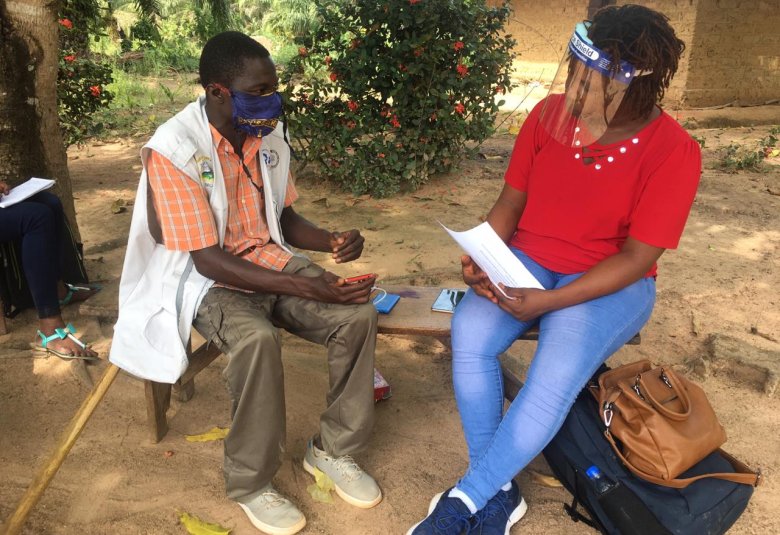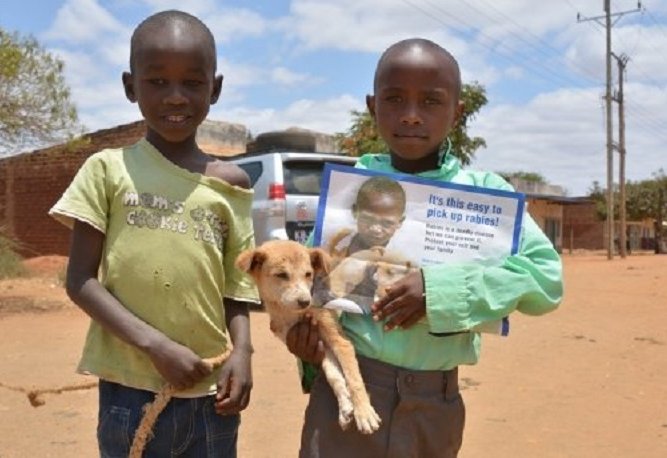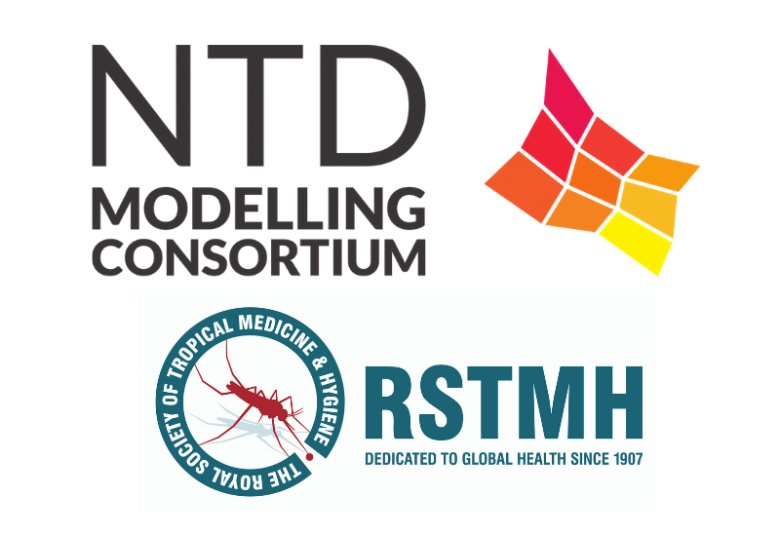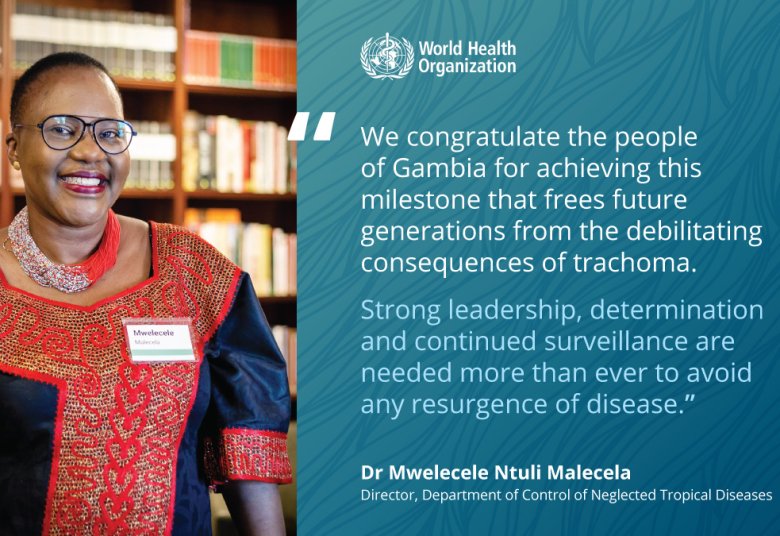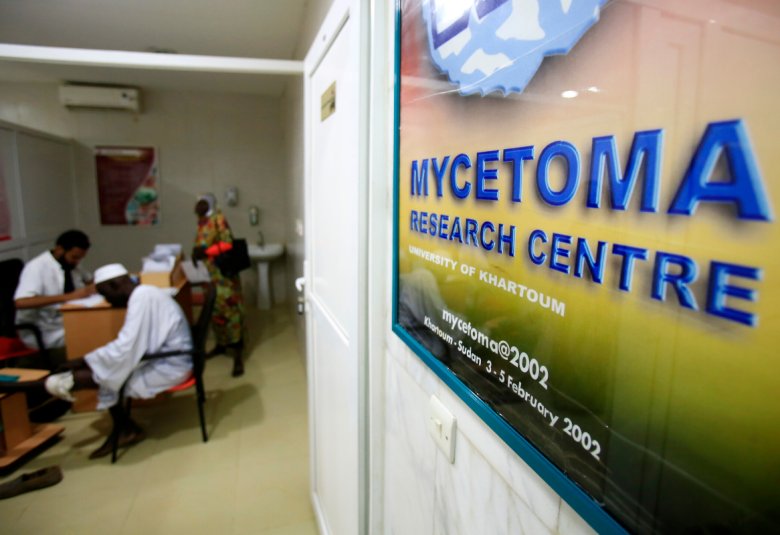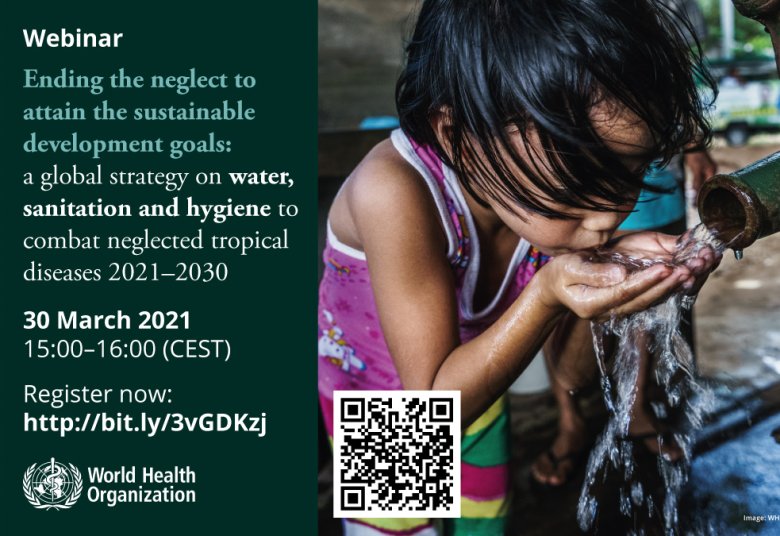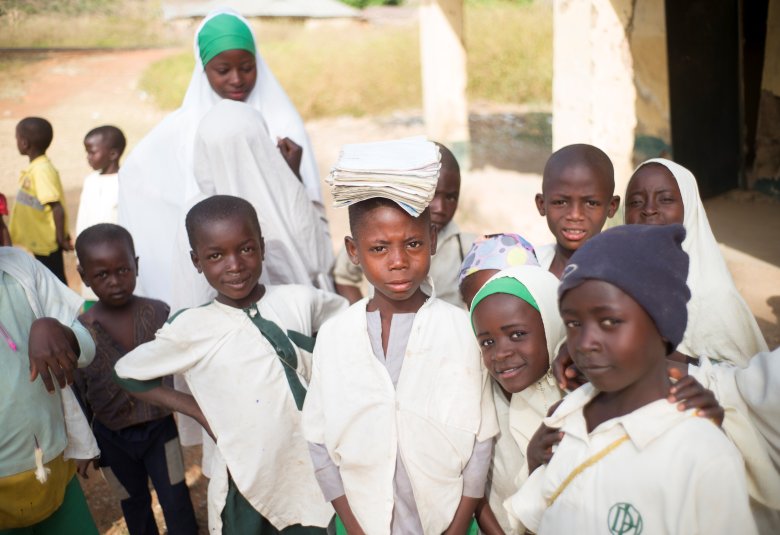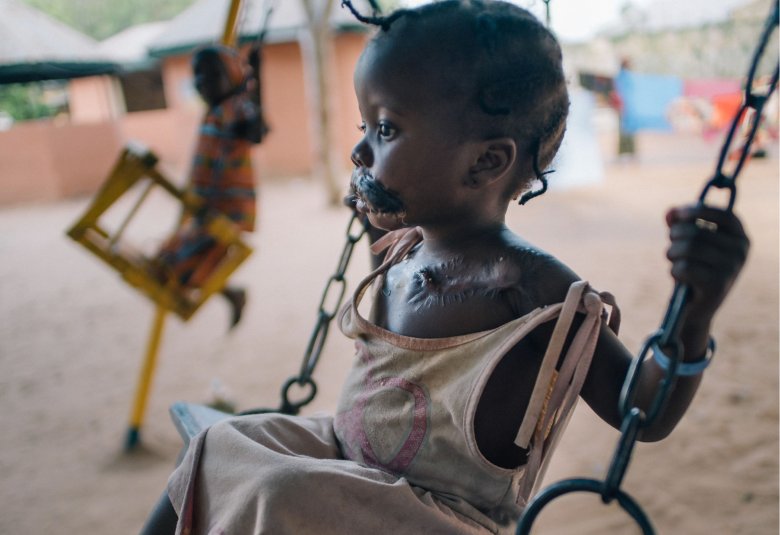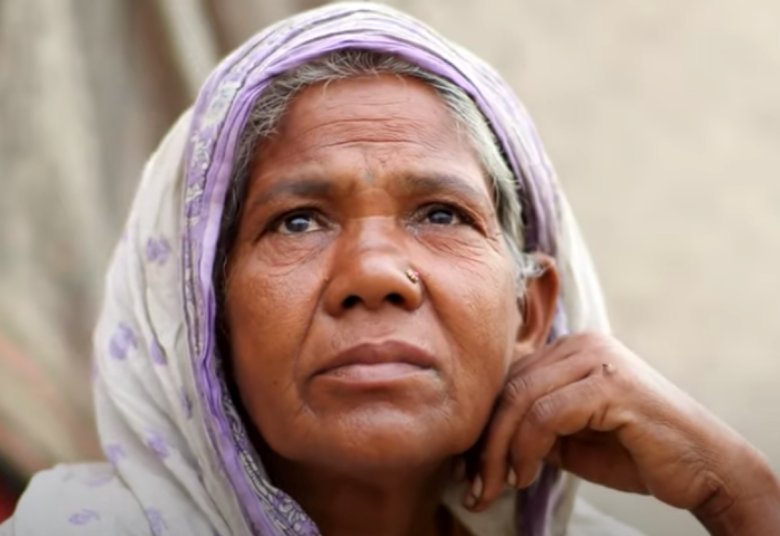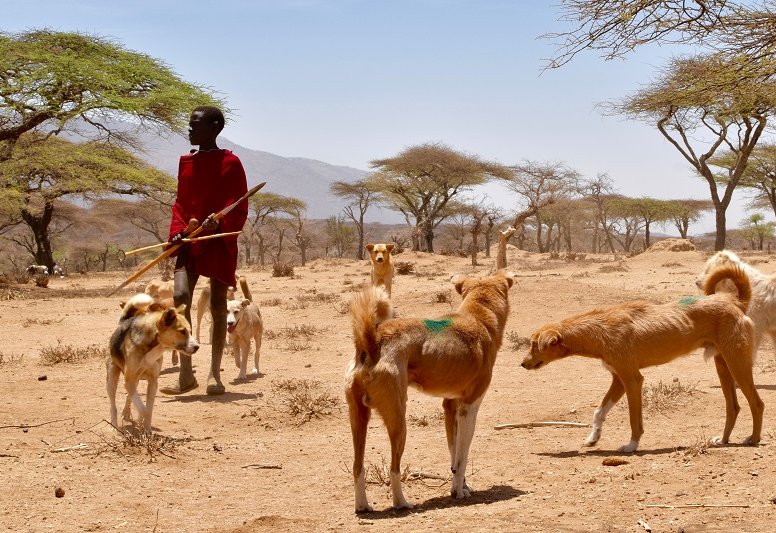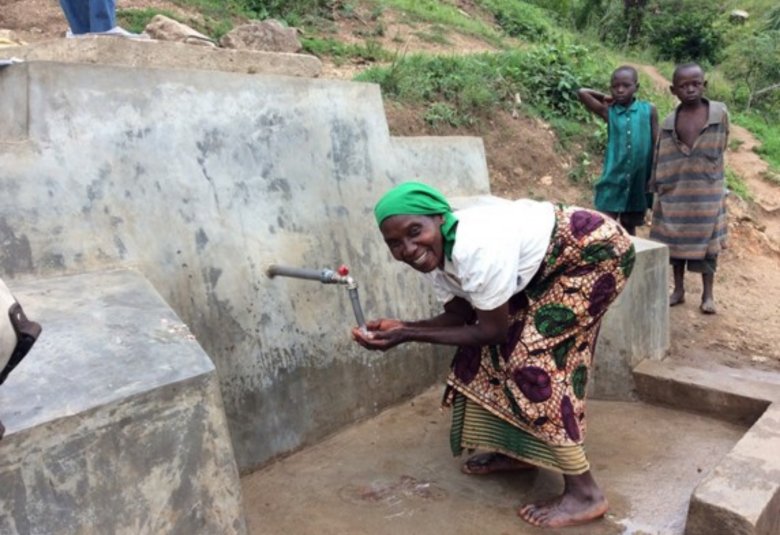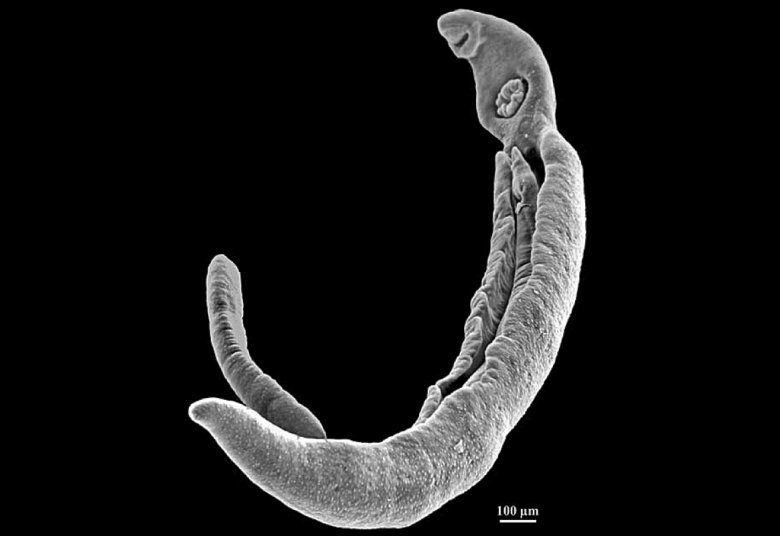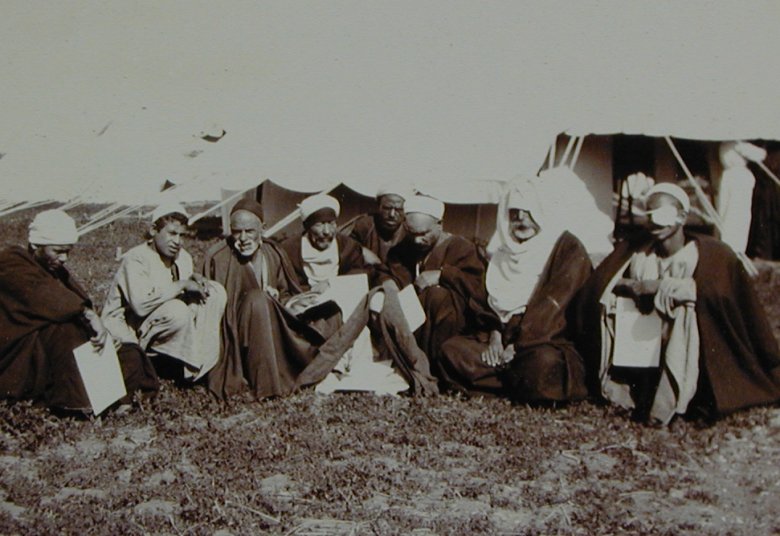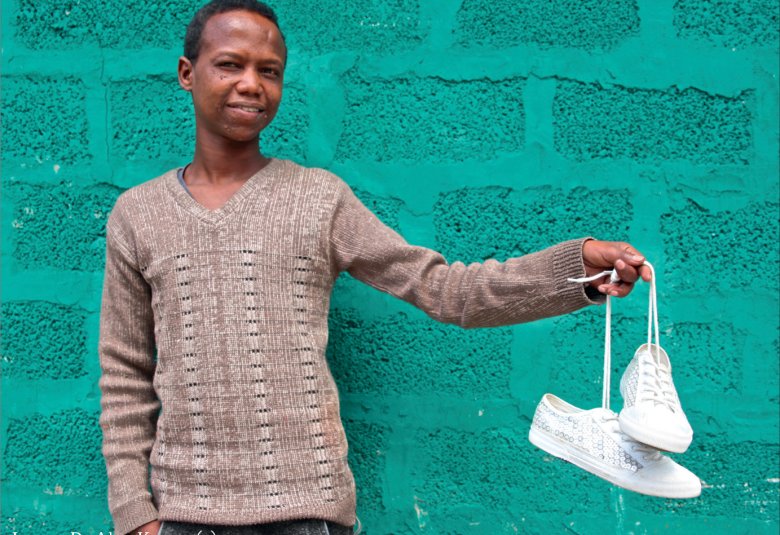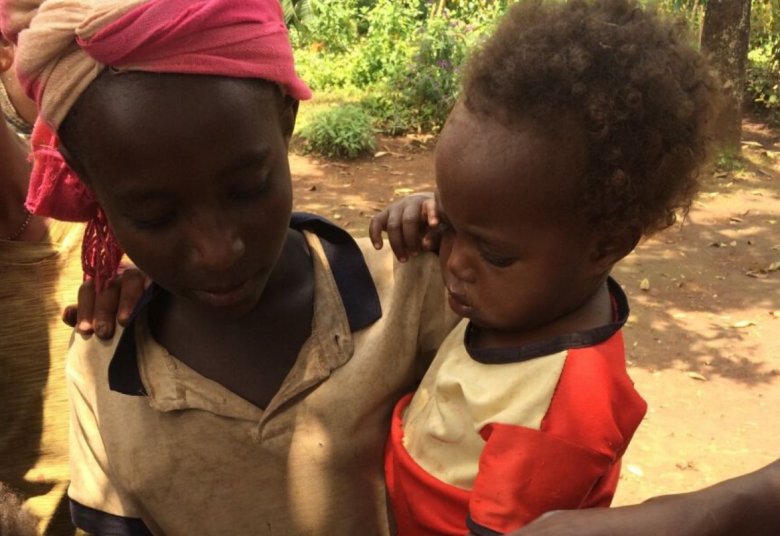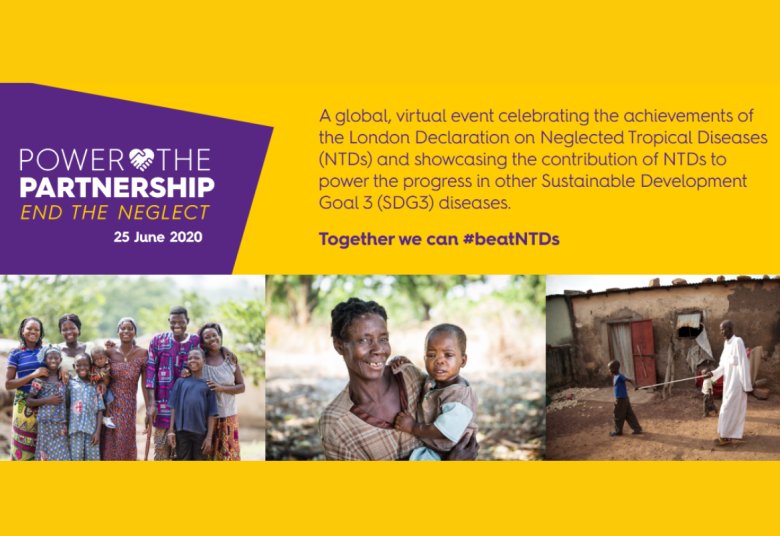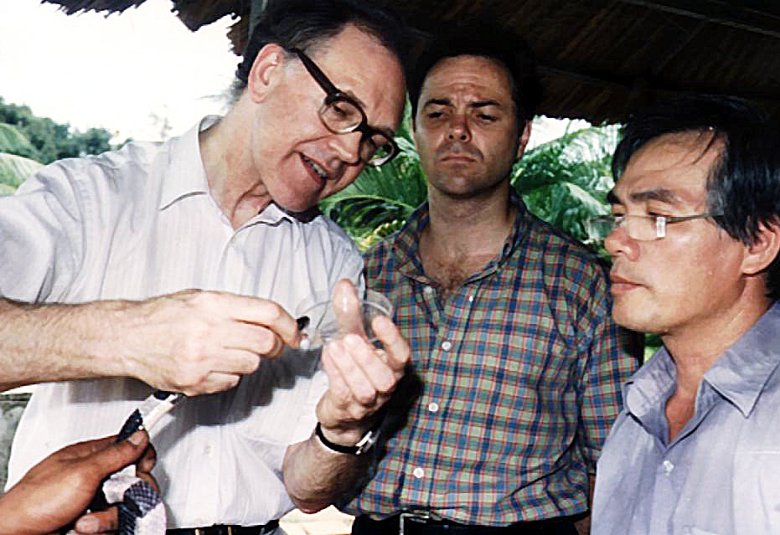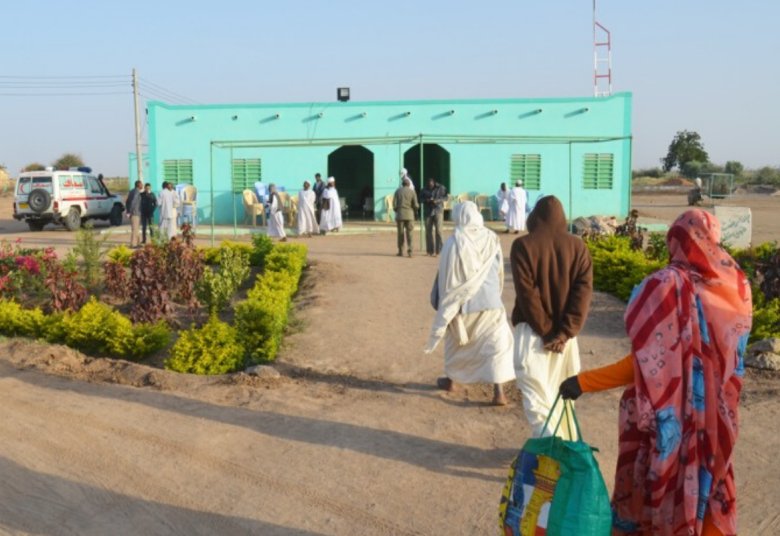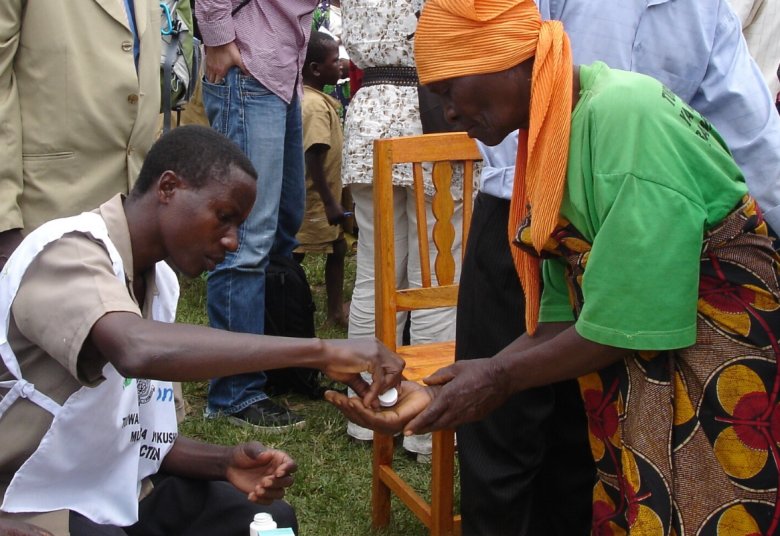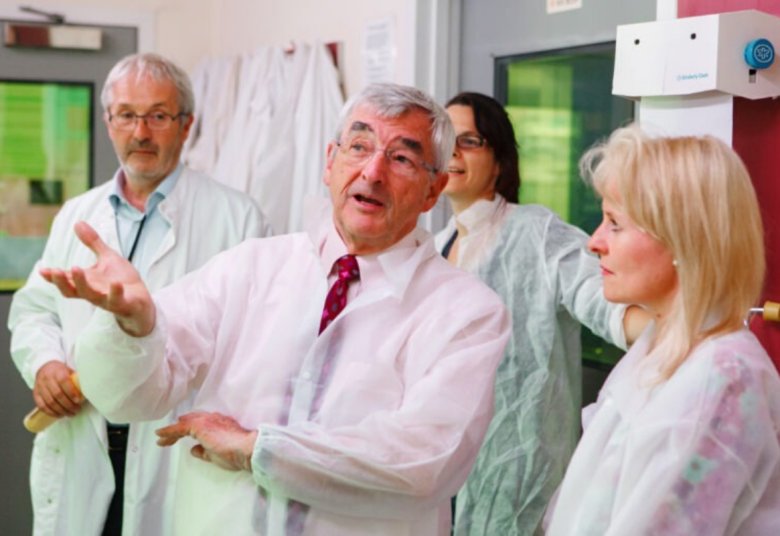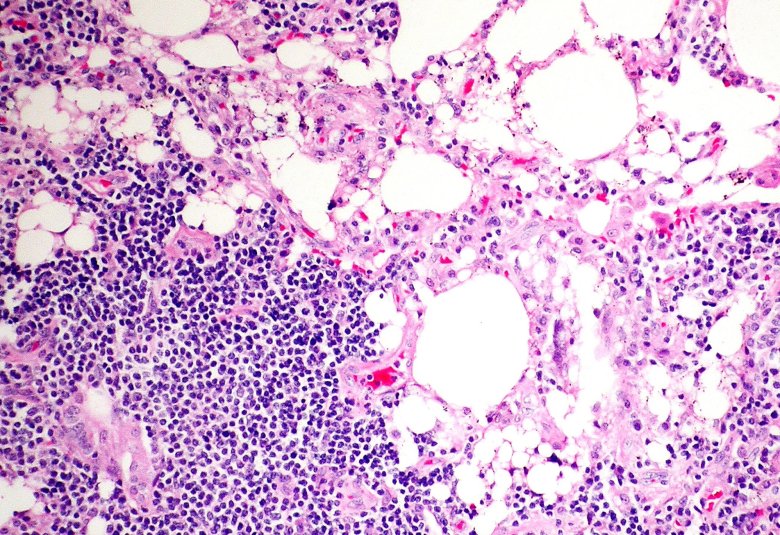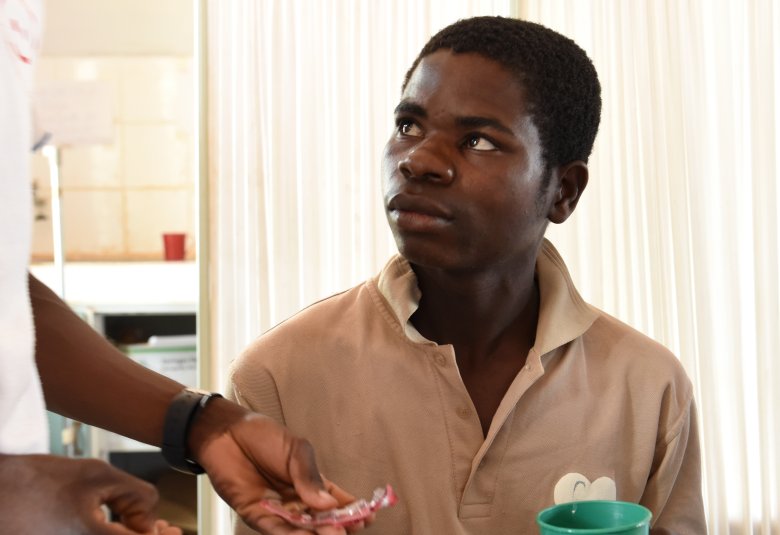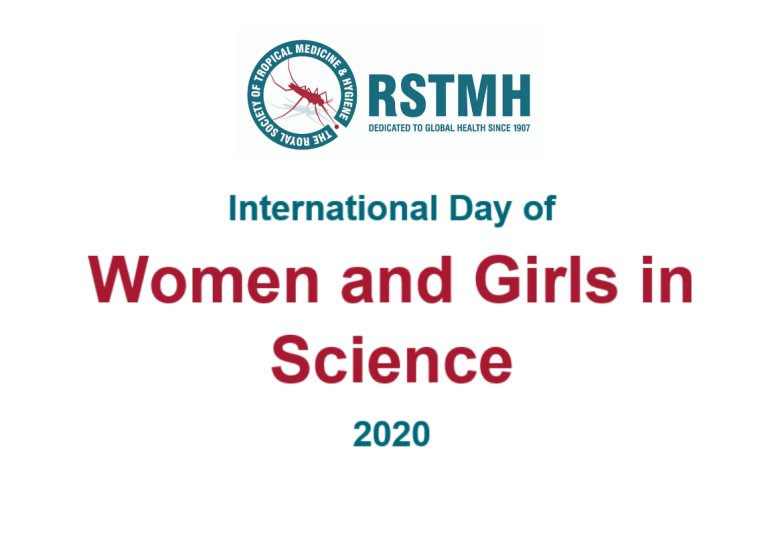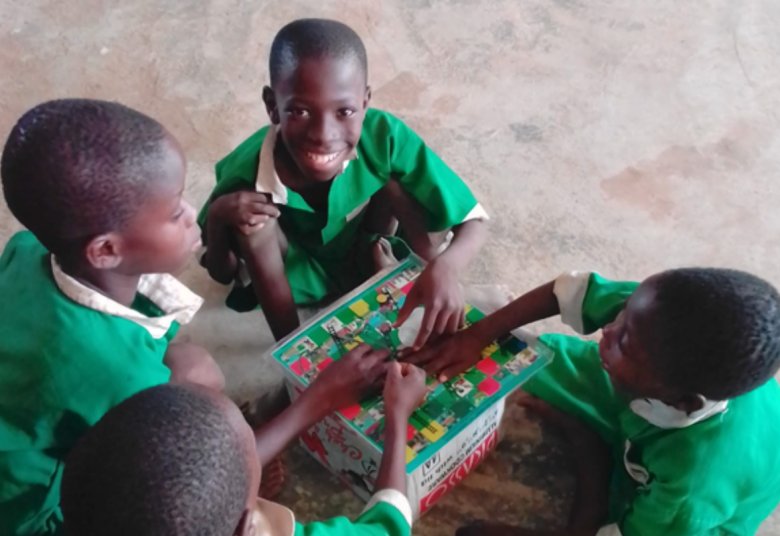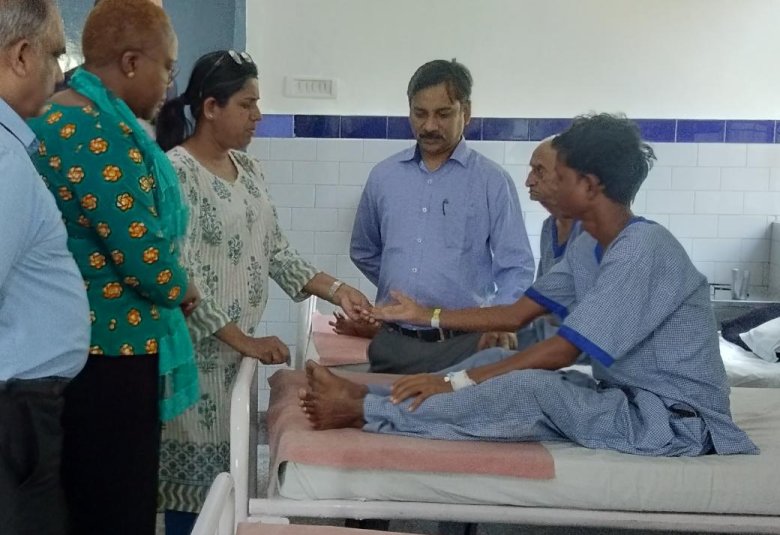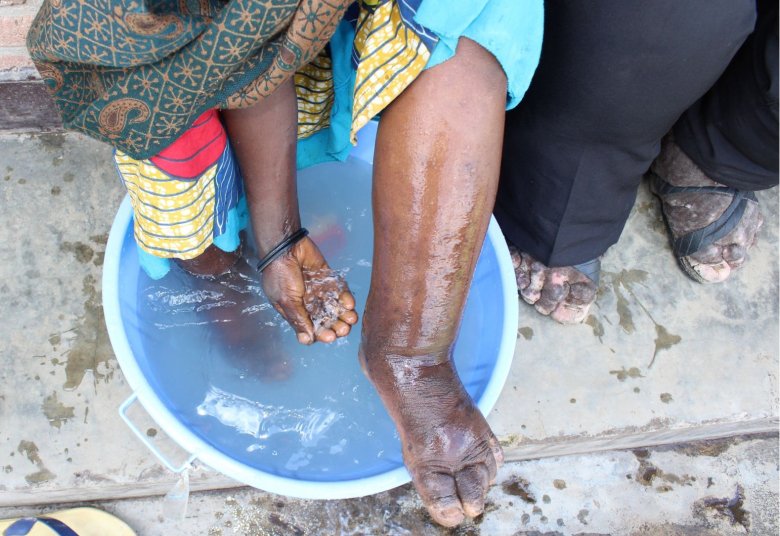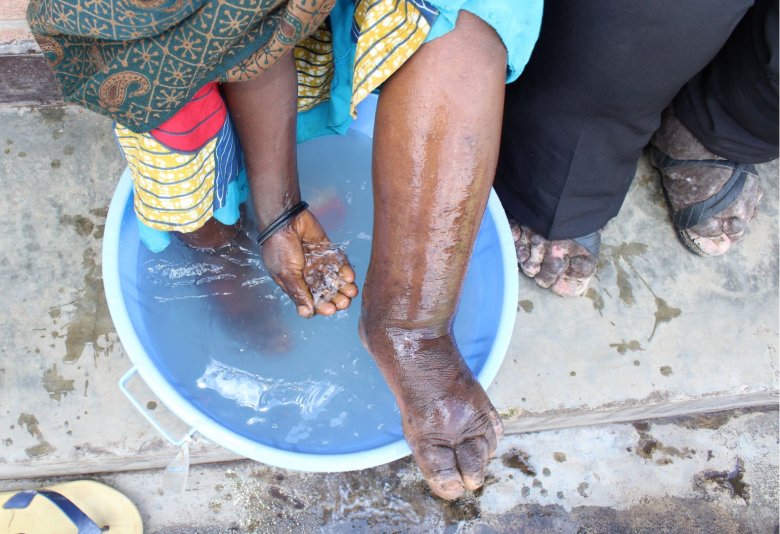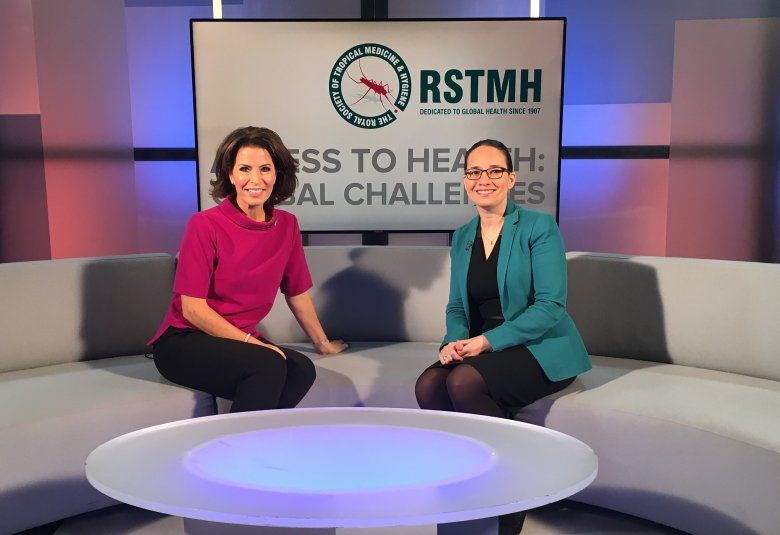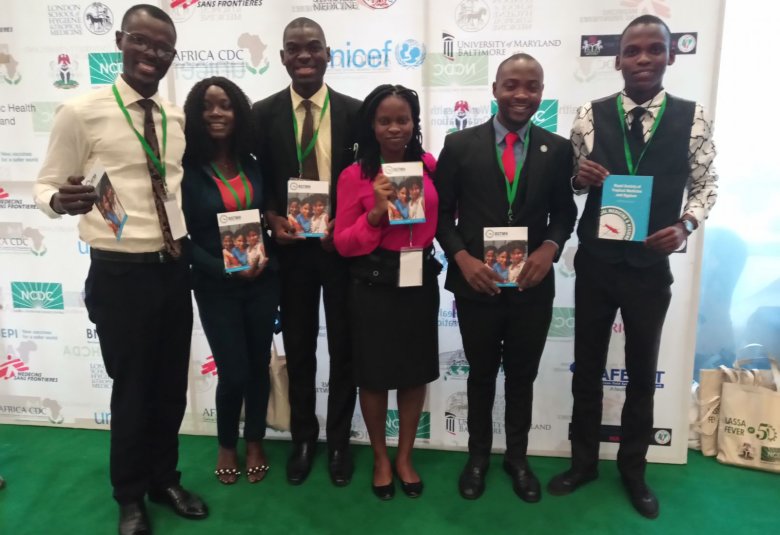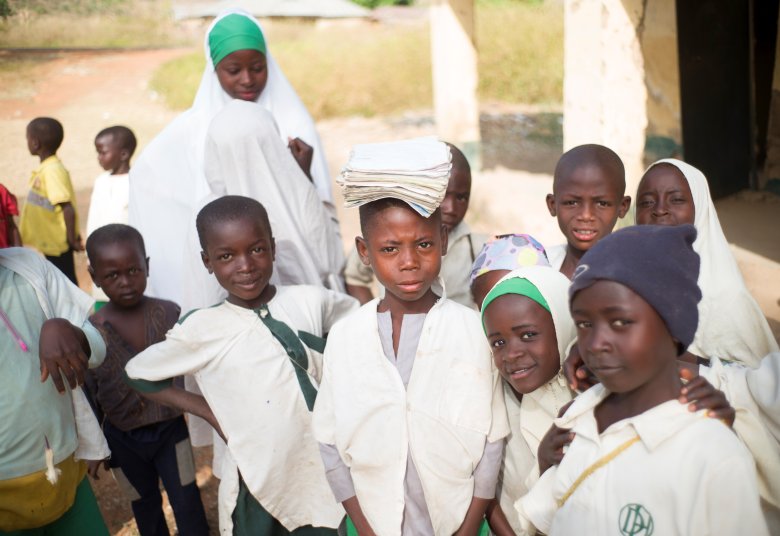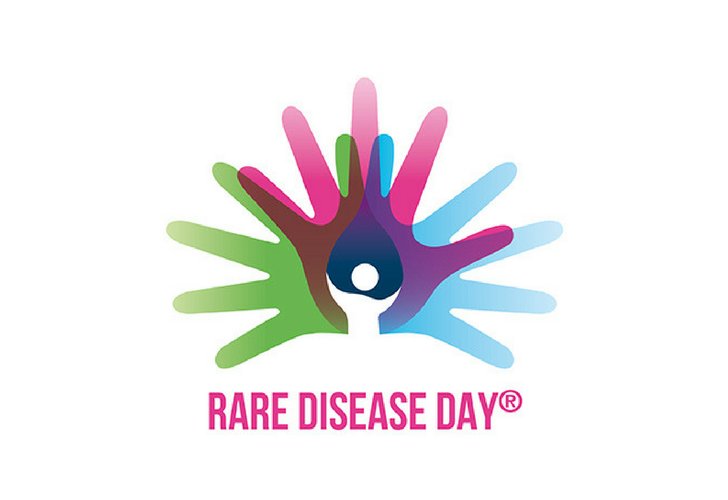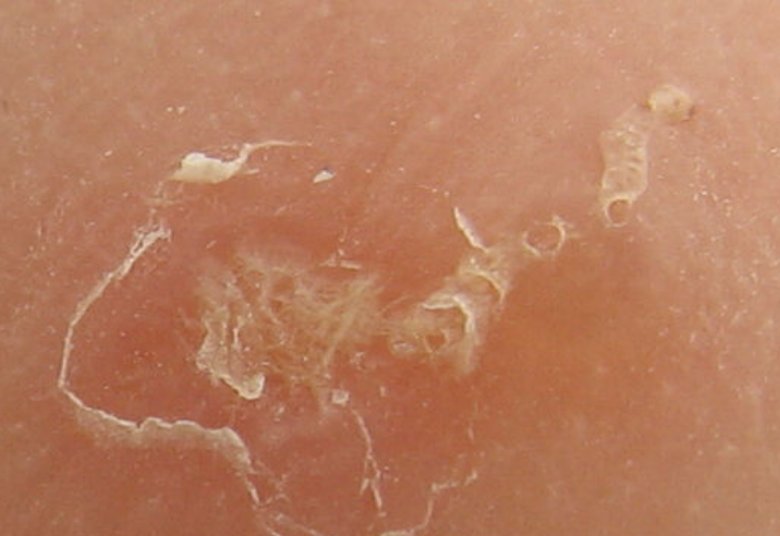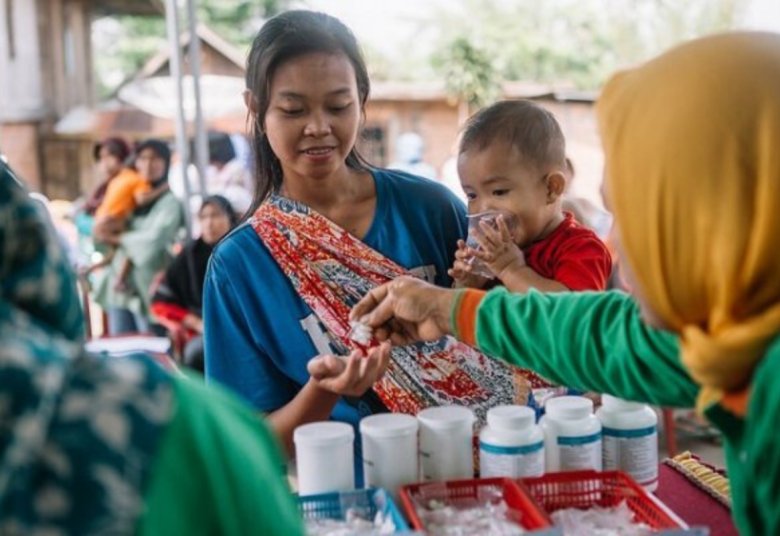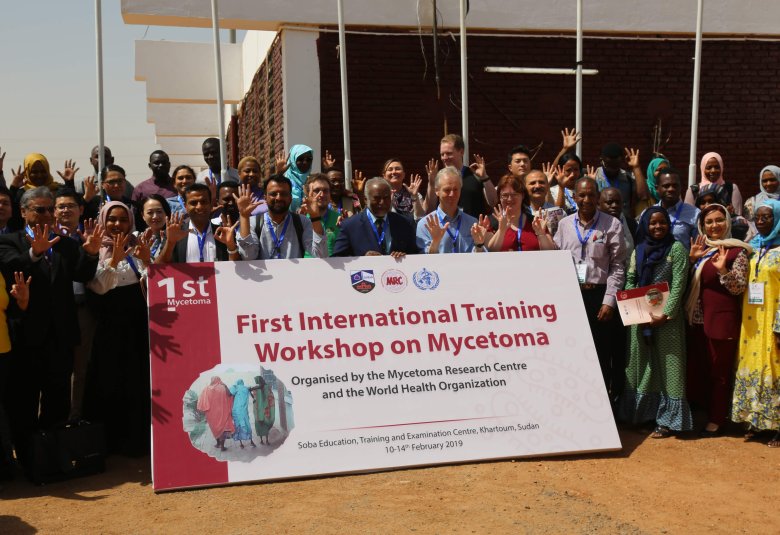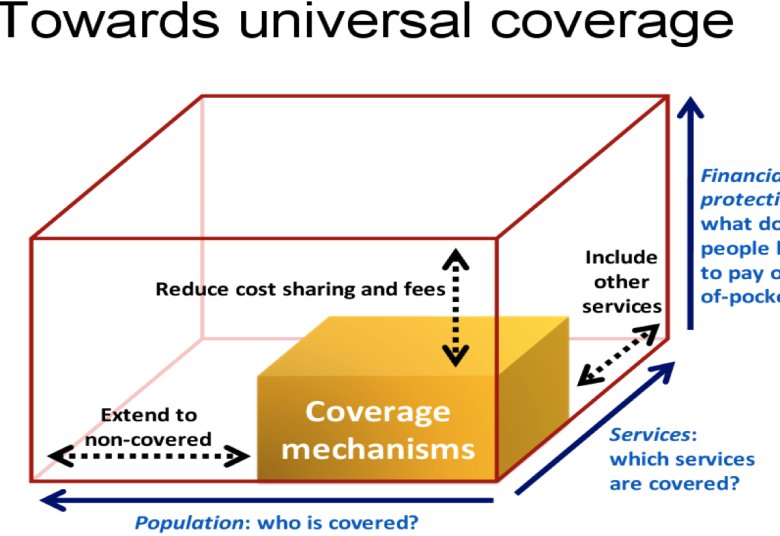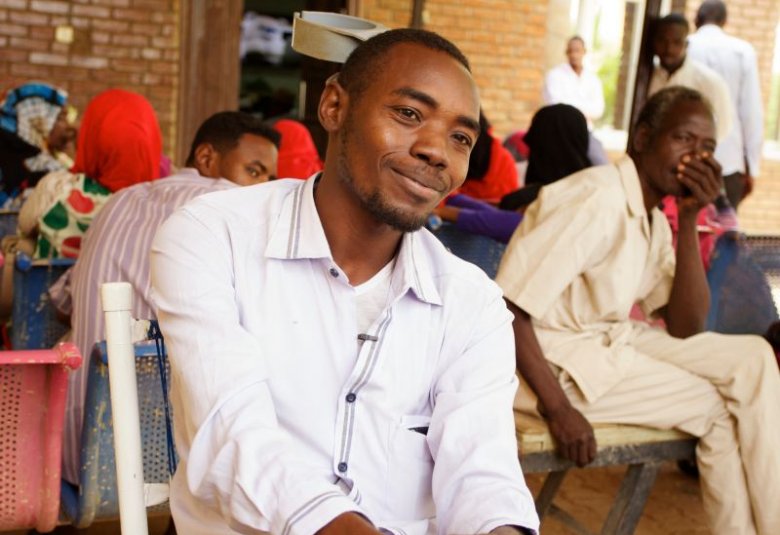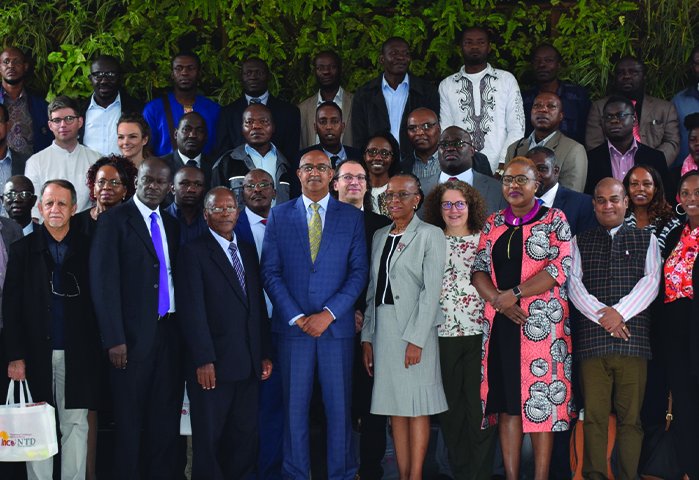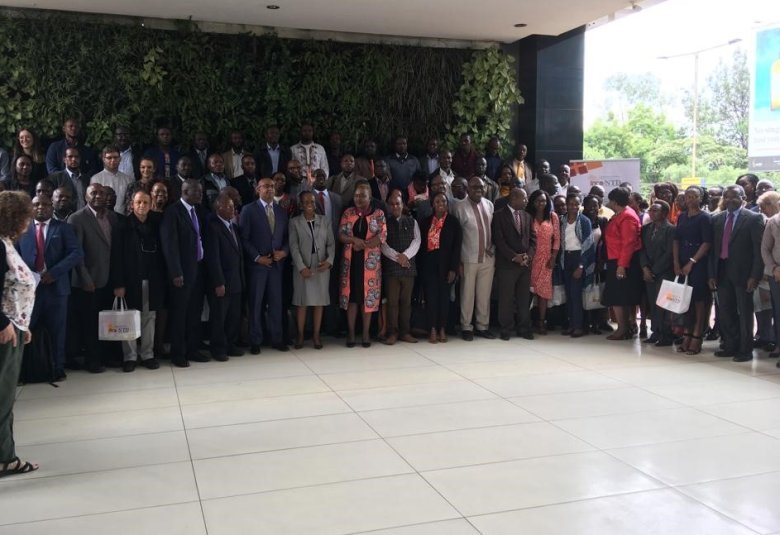Progress towards Yaws eradication: successes and challenges
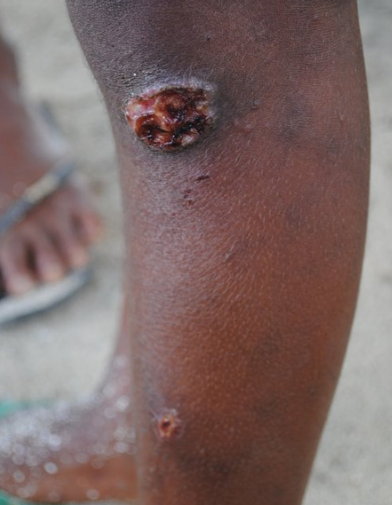
Becca Handley is the study-coordinator for a multi-country EDCTP funded project, LAMP4Yaws, which is aimed at enhancing Yaws diagnostic capacity in West and Central Africa to support WHO's yaws eradication strategy.
Yaws is a chronic tropical skin disease that mainly affects children in remote, tropical and often impoverished areas. The disease presents with highly infectious lesions of the skin which can spread to the cartilage and bone. It is one of three endemic treponenatoses and is caused by the spirochete bacteria Treponema pallidum subsp. pertenue. Under the proposed World Health Organization’s new NTD Roadmap 2030, yaws has been targeted for global eradication by 2030.
Historical eradication efforts
In 1949, penicillin was shown to be effective at treating yaws, and was considered the “magic bullet” for fighting the disease. Thus, eradication became a possibility and yaws was one of the first diseases chosen by WHO to be targeted for global eradication. The Global Yaws Control Program, led by WHO and UNICEF during the 1950-60’s using treatment of single-dose, intramuscular benzathine penicillin, targeted 300 million people and reduced global prevalence of yaws by up to 95%. Unfortunately, the eradication of yaws did not come to fruition and there has since been a resurgence of the disease globally. Yaws is now known to be endemic in 15 countries in Africa, South East Asia and the Pacific.
The “magic tablet”
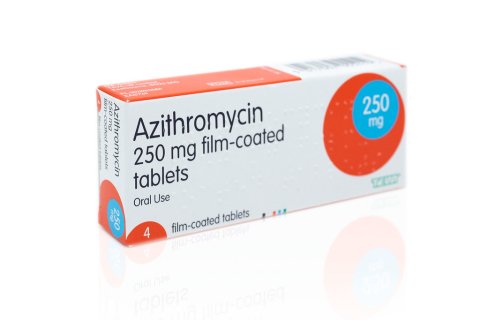
In 2012 it was demonstrated that a single dose oral azithromycin was as effective as benzathine penicillin at treating yaws. This led to renewed efforts and the publication of the WHO Morges strategy for the eradication of yaws. This approach focuses on rounds of total community treatment (TCT) for those at risk, followed by active case finding and targeted treatment of infected individuals and their contacts. By replacing injectable benzathine penicillin, logistical and operational challenges, such as the need for a secure cold chain, were removed. The strategy is allowing interventions to be more easily deployed in remote communities, which are often the most impacted by yaws. In addition, EMS is donating over 150 million azithromycin tablets specifically for yaws, which hugely reduces the financial burden of the campaign.
Novel diagnostics
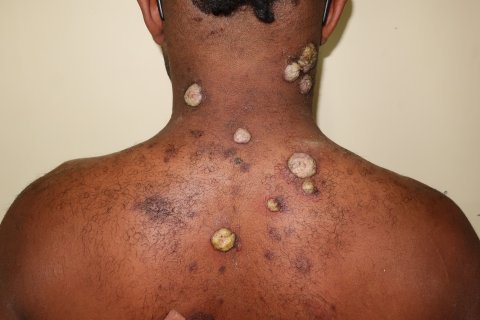
Another major game changer for yaws eradication is the advent of more accurate diagnostic tools. With the successful validation of the Chembio Dual Path Platform rapid test, it is now possible to diagnose patients using finger prick blood at the point of care. This has reduced dependence on unreliable clinical diagnostics and can be used in community surveillance and assessing individual cure.
Molecular tools that are likely to play the most important role in ensuring success of eradication campaign as they can detect macrolide resistance, which is currently the biggest threat to the renewed eradication campaign. Evidence of the emergence of azithromycin resistance leading to localized transmission has been reported in Papua New Guinea in a 2018 study. If this happens again and is not detected early, transmission of azithromycin resistance T. pertenue has the potential to become widespread, thereby curtailing eradication efforts.
The successful development of a loop mediated nucleic acid amplification test (LAMP) may allow for localized yaws testing close to endemic communities. It can accurately diagnose both T.pertenue and H.duceryi in a single assay, without the need for sophisticated equipment. This is particularly important, as H. duceryi has shown to be the etiological agent for up to 40% of suspected yaws cases. If this can be easily combined with antimicrobial susceptibility testing, macrolide resistant strains could be prevented from spreading. WHO and other partners are currently supporting efforts worldwide to improve access to molecular tests.
The next decade
Whilst advances in yaws treatment and diagnosis have once again made eradication an achievable goal, there are still gaps in our knowledge, particularly the epidemiology of the disease. Systematic mapping, ideally integrated with other NTD programs should be deployed to ensure all endemic countries and regions can be targeted with eradication interventions, thus preventing case re-surfacing down the line. Most importantly it is key that the threat of macrolide resistance is realised and efforts are geared around greater laboratory surveillance.
